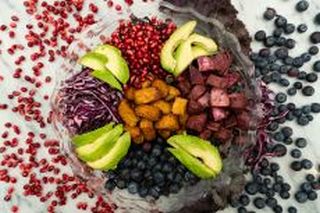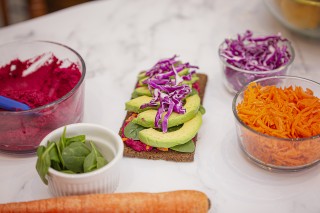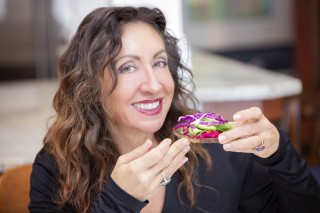Is Your Brain to Blame?
Now that two-thirds of Americans are overweight or obese, we spend billions annually on quick fix weight loss fads, which ultimately fail. There is a growing body of evidence to indicate that thanks to the wiring in your brain, the more sugar and fat you eat, the more you’ll crave. When rats were given unlimited amounts of sugar, the researchers concluded that increases in dopamine (a mood enhancing brain chemical), caused them to overeat. The effects were even more dramatic when the sugar was enhanced with fat. And the more you snack on high fat, high sugar foods, the more ingrained the pattern becomes in your brain to seek these foods out. Salty foods can also have the same effect. (No wonder bacon or sausages go so well with pancakes!) It’s not just exposure to these foods that causes cravings; any association can be a trigger. If you’re accustomed to snacking in front of the TV, just sitting in your living room can cause that Ben and Jerry’s Phish Food (at 1,120 calories per pint) to call your name, despite it being tucked away in the freezer.
Besides increases in dopamine, a part of the brain called the amygdala gets activated, which may make refraining from these foods even more biologically challenging. So let’s say a major trigger for you is a glazed donut, and every day you walk by a donut shop on the way to work. The mere sight of the shop, without even seeing the donuts, can crank up the amygdala in anticipation, and before you can say Krispy Kreme, you’ve made a detour to get your fix.
While it’s important to be aware that cravings are more than just willpower, don’t use this as an excuse to pig out on junk food. Over time, you can rewire your brain to combat these cravings. When faced with your go-to trigger foods, ask yourself if you are really hungry, or if you are just experiencing a craving. If it’s just a craving, ride it out. If you are truly hungry, then honor that with a small serving, or an acceptable substitute. If chocolate ice cream is your thing, try a Weight Watchers Giant Fudge Bar. It’s 110 calories, and comes in its own portion controlled package, which beats a pint of chocolate Haagen-Daaz at 1,080 calories!
If you are using junk food as a pacifier in a stressful or emotional situation, then you need to change your thinking. Consuming high fat, high sugar foods are not a form of self-care. Find other activities to nurture yourself besides food. Call a friend, go to a movie, take a hike, read a book, or enjoy whatever non-food activity you find relaxing.
Take a break from trigger foods. Recent research favors meal replacement programs, especially for those who have trouble with self-selection and/or portion control. The American Dietetic Association supports the use of meal replacements as an adjunct to comprehensive weight loss and weight maintenance strategies. Seek the advice of a Registered Dietitian to put together a plan that will work for you, and help you to maximize the nutritional value in your choices.
It can take up to 25 minutes for your brain to figure out that you’re full. Take your time with meals, and check in with yourself to ask if you are satiated. It’s likely that you’re putting more on your plate than you need, especially if you frequently eat meals out.
Be patient with yourself. It took a long time to develop your current patterns, and it will likely take some time to make positive changes that stick. Having slip-ups here and there doesn’t mean you should throw in the towel. This is called normal eating. Look for progress, not perfection!


 Follow Me On Instagram
Follow Me On Instagram Like My Facebook Page
Like My Facebook Page My LinkedIn
My LinkedIn



